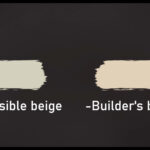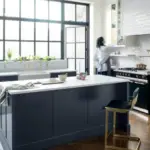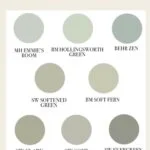Painting the exterior of your home is a big decision that impacts its curb appeal and overall aesthetic. With so many factors to consider, it can feel overwhelming. This guide provides step-by-step advice and expert tips to help you select the perfect color palette for your home’s exterior.
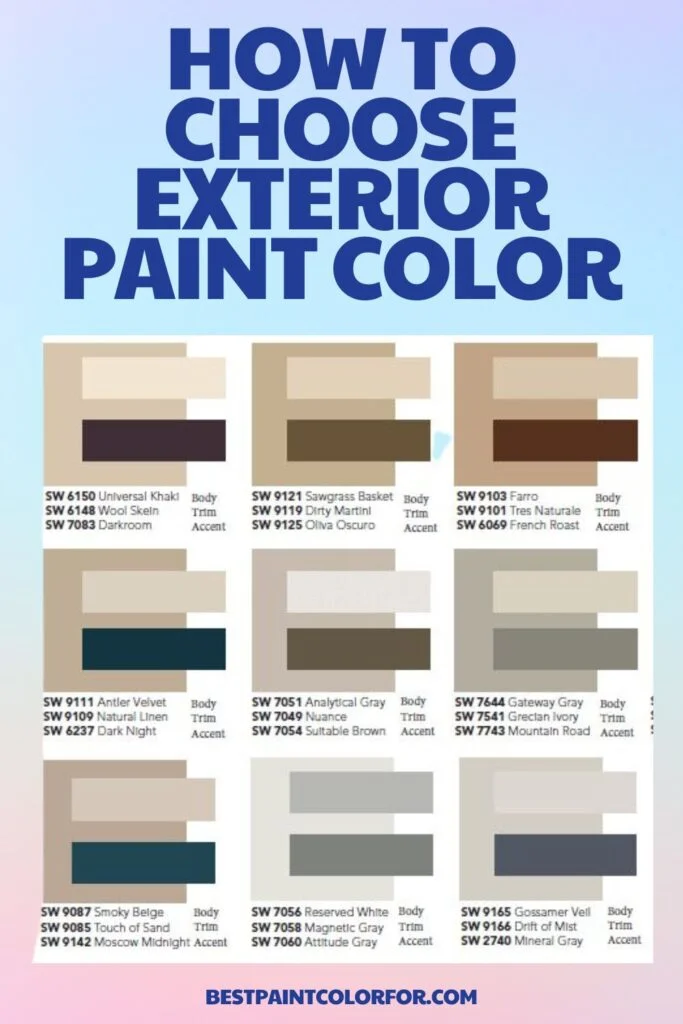
- Why Exterior Paint Colors Matter
- Tips for Choosing the Right Exterior Paint Colors
- Tips for Narrowing Down Exterior Paint Colors
- FAQs About Choosing Exterior Paint Colors
- Step-by-Step Guide to Finalizing Your Exterior Paint
- Final Thoughts
Why Exterior Paint Colors Matter
Your home’s exterior is the first thing people see, and its paint color sets the tone for its personality. The right color can boost curb appeal, complement architectural features, and harmonize with the surrounding environment.
Tips for Choosing the Right Exterior Paint Colors
Tip 1: Consider Your Home’s Architectural Style
Different architectural styles are better suited to specific color palettes. For example:
- Victorian Homes: Often stand out with bold, vibrant colors.
- Modern Homes: Benefit from neutral, monochromatic tones.
- Farmhouses: Pair well with earthy tones like whites, beiges, and grays.
Tip 2: Evaluate Your Landscape
Look at your surroundings, including:
- Landscaping elements (trees, shrubs, and flowers).
- Neighboring homes (to ensure harmony).
- Environmental factors like mountains, lakes, or urban settings.
Colors that blend with your natural surroundings create a cohesive, polished look.

Pro Grade Paint Roller Kit, Brush & Roller for Professionals & Homeowners
Perfect for smooth finishes on your interior walls. Ideal for home improvement enthusiasts!
Buy Now on Amazon
Tip 3: Study Home Materials
Examine exterior materials such as brick, stone, or wood. Their underlying colors can guide your paint selection:
- Stonework: Often has brown, tan, or cream undertones.
- Brick: Red or brown bricks pair well with complementary earthy shades.
Choosing a palette that complements these materials ensures a seamless look.

Tip 4: Highlight Architectural Details
Decide whether architectural features like windows, trim, or doors should blend in or stand out. Use contrasting or complementary shades to highlight these details.

Tip 5: Test Colors in Different Lighting
Paint colors can look drastically different depending on lighting conditions.
- Test color swatches on different walls.
- Observe them in morning, afternoon, and evening light.
Natural light can bring out unexpected undertones (e.g., grays may look blue, tans may appear orange).
Tip 6: Consider Your Roof Color
Your roof’s color is a fixed element, so ensure your exterior paint complements it. For example:
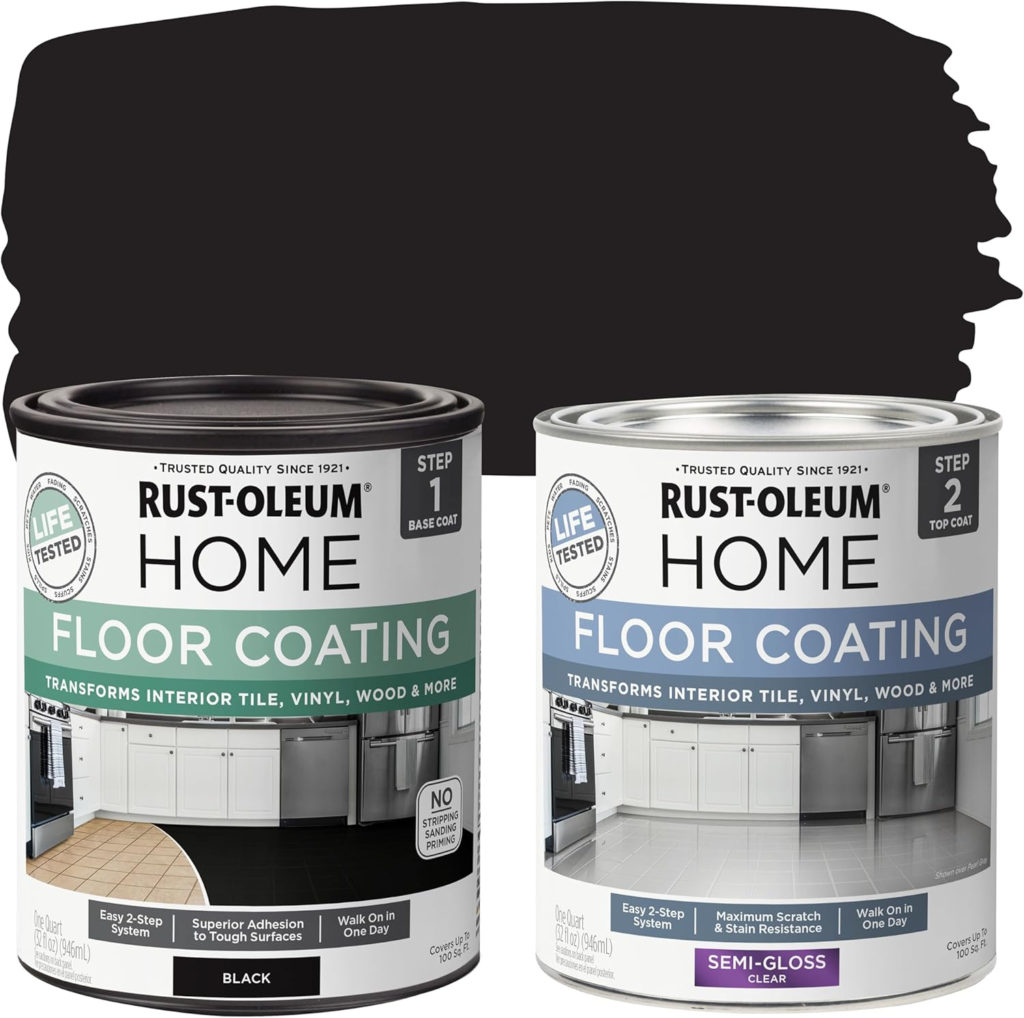
Rust-Oleum 367605 Home Interior Floor Coating Kit, Semi-Gloss Black
Ideal for updating outdated flooring at a fraction of the cost of replacement and adheres without stripping, sanding or priming.
Buy Now on Amazon- Dark roofs pair well with lighter wall colors for contrast.
- Light roofs work with both bold and neutral tones.
Tip 7: Decide on a Mood
Colors influence emotions:
- Tranquil Vibes: Opt for greens, blues, or soft grays.
- Welcoming Feel: Yellows, creams, or warm beiges.
- Bold Statements: Deep reds, blacks, or navy blues.

Tips for Narrowing Down Exterior Paint Colors
Tip 8: Seek Inspiration
Use these resources for ideas:
- Pinterest boards.
- Home design magazines.
- Neighborhood walks.
- Apps like Sherwin-Williams COLORSNAP Visualizer, which lets you preview colors on your home.
Tip 9: Limit Color Options
Stick to three colors for a balanced look:
- Body Color: The primary shade for walls.
- Trim Color: Lighter or darker shades for accents like window frames.
- Accent Color: For doors or shutters to add character.
Tip 10: Paint Samples Before Finalizing
Once you’ve narrowed your choices:
- Purchase small sample cans.
- Paint test patches on multiple walls.
- Check them in natural and artificial lighting.
This step ensures you choose a color that looks great in all conditions.

FAQs About Choosing Exterior Paint Colors
How do I choose the right exterior paint color?
Focus on your home’s architecture, materials, and surroundings. Prioritize colors that reflect your personal style and mood.
Should trim be lighter or darker than walls?
There’s no hard rule, but lighter trims work well with darker walls, and vice versa. White trim is a classic choice for most homes.
Is there an app to visualize exterior paint?
Yes, tools like Sherwin-Williams COLORSNAP and Benjamin Moore’s Visualizer allow you to upload photos of your home and test paint colors digitally.
How many colors should I use?
Three colors—body, trim, and accent—are standard. For minimalist designs, two colors can work, while more ornate homes may require additional shades.
Step-by-Step Guide to Finalizing Your Exterior Paint
Step 1: Understand Your Home’s Personality
Identify features you want to highlight and any fixed materials like brick or stone.
Step 2: Research Color Schemes
Explore online tools, design boards, and apps for inspiration.
Step 3: Test Your Choices
Use sample paints to evaluate how colors look on your home.
Step 4: Seek Professional Help
Consult painting experts if you’re unsure. They can recommend palettes that enhance your home’s unique features.
Step 5: Make the Final Decision
Stick with colors you love and ones that complement your home’s style and surroundings.
Final Thoughts
Choosing the right exterior paint color doesn’t have to be daunting. By considering your home’s style, materials, and environment—and testing colors thoroughly—you can create a stunning exterior that reflects your personality and boosts curb appeal.
For professional advice and services, reach out to your local painting experts for personalized assistance. Happy painting!



